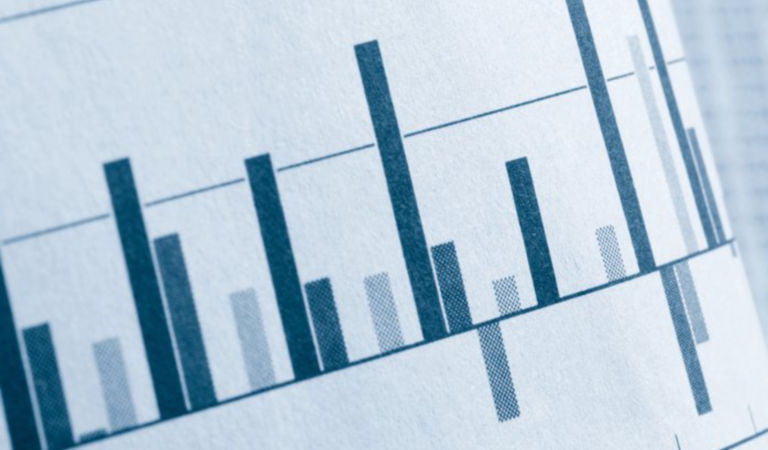Equities
Global equities (+3.7%) rose in December, ending the year with a 21.4% gain. The rapid proliferation of the Omicron COVID-19 variant across the globe drove equity volatility sharply higher, although the variant’s impact on financial markets was tempered by evidence that it poses less-severe health consequences than its predecessors. In response to persistent inflation pressures, many central bank policymakers in developed markets began unwinding their pandemic-era stimulus measures and setting a course for higher interest rates. The Bank of England (BOE) was the first major central bank to hike its policy rate, while the US Federal Reserve (Fed) announced it would end its asset purchase program in March and projected three rate hikes in 2022. The European Central Bank (ECB) will conclude net purchases under its pandemic emergency purchase program (PEPP) in March. To ease the transition, it will boost its purchases under an older program, although it expects to maintain its policy rate through next year. The People’s Bank of China (PBOC) expanded its support for the nation’s slowing economy, cutting the reserve requirement ratio (RRR) for banks by 50 basis points (bps) and lowering the one-year loan prime rate to 3.8%, as a property market downturn threatened to curb growth in 2022.
US
US equities (+4.5%) rallied, as strong equity inflows, depressed real yields, several more months of balance sheet expansion by the Fed, and potentially less-severe economic impacts from the Omicron variant outweighed headwinds posed by central bank policy shifts, ongoing supply-chain problems, and inflation pressures. Value stocks significantly outperformed their growth counterparts, after two straight months of underperformance. The rapid spread of Omicron brought the largest increase in COVID-19 cases since the onset of the pandemic, prompting a flurry of fresh restrictions and event cancellations. Robust consumer demand and persistent supply-chain disruptions drove inflation to its highest level since 1982, as the Consumer Price Index (CPI) accelerated to 6.8% annually at the headline level and 4.9% at the core level. The Fed subsequently announced that it will double the pace of tapering, signaling that asset purchases will end in March. A majority of Fed members projected three interest-rate hikes in 2022, up from September’s forecast of one hike. The fate of the Democrats’ US$1.75 trillion spending and climate change plan is uncertain after Democratic Senator Joe Manchin withheld support for the current version of the plan, due to concerns that it will exacerbate soaring inflation. US corporate earnings expectations remained upbeat, with the earnings growth rate for the S&P 500 Index forecast to increase more than 20% in the fourth quarter.
Economic data released in December showed that the US labor market continued to tighten despite some mixed results. In November, nonfarm payrolls grew 210,000, well below forecasts of 550,000, while the unemployment rate unexpectedly plunged to 4.2%, from 4.6%. Jobless claims held at low levels, and wages grew at a brisk 4.8% pace year over year. These outcomes, along with rapidly accelerating inflation, gave the Fed greater confidence to…
To read more, please click the download link below.




